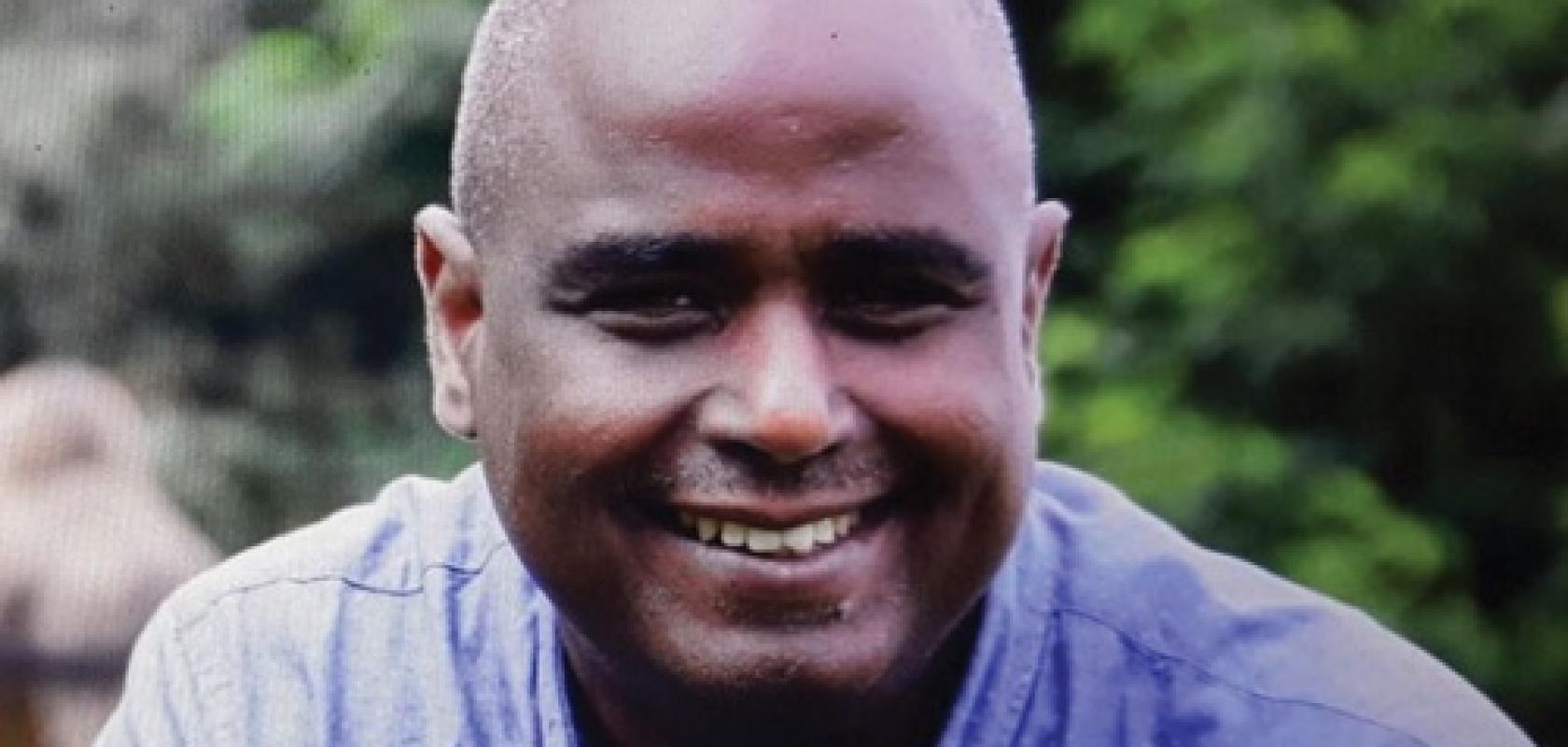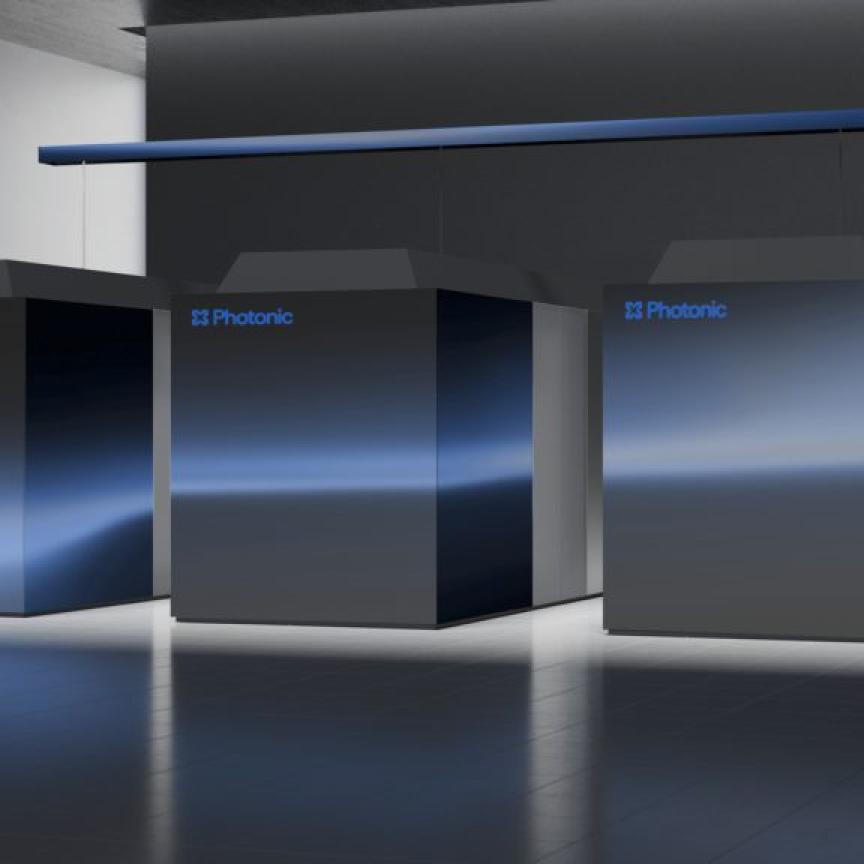Carlos Lee, Epic’s director general, talks to Sami Musa, CEO of Chilas, a Dutch-based company specialising in ultra-narrow linewidth tuneable external cavity lasers
Tell us about your background in photonics
I have been in the field of integrated photonics and microelectronics for more than 20 years, holding different roles. I have worked as a researcher in several universities, an R&D engineer at various companies and later a business developer and an entrepreneur.
To give some examples, I have worked in several universities including Technical University of Delft, University of Eindhoven in the Netherlands and Bernal Institute at University of Limerick in Ireland. I have also worked for five years in ASML, a manufacturer of lithography machines used to produce integrated circuits. In 2017, I co-founded V&A Photonics and joined it as CTO. The company aims to co-develop and market photonics integrated solutions for telecom, data communications, microwave photonics, biophotonics and sensing applications. This work experience gave me the opportunity to see the photonics industry from different perspectives and develop a rich insight into the market.
Regarding my work at Chilas, I have been involved at the early stages of commercialising Chilas’ laser. Last year, the board of Chilas asked me to lead the company. For me, this was a nice challenge to take. The hybrid integration technology on which the laser is based offers great potential. Also, the advancements on 5G, 6G and IoT create great market opportunities for the laser in sensing and telecommunications. The technology is good and the market is there, but what is really needed is the creativity and the determination to materialise these opportunities into business success. And this is what me and the team are up for.
What makes Chilas’ lasers attractive for the market?
In Chilas we produce semiconductor external cavity tuneable lasers with ultra-narrow linewidth. Our existing products can be continuously tuned over the C-band covering a wavelength range larger than 100nm and has a very narrow linewidth of a few kilohertz. We make these lasers using hybrid integration technology, integrating InP and SiN, two of the leading platforms for fabricating PICs. This technology with its extremely low loss SiN allows us to make cavities with very high Q-factor and thus ultra-narrow linewidth.
The combination of ultra-narrow linewidth and continuous tunability over a wide frequency range in a compact footprint makes our lasers ideal for a wide range of applications, such as coherent optical communications, fibre sensing, and microwave photonics.
What have been the main challenges in changing from a CTO to CEO?
The main challenge has been moving from a lab prototype to producing sellable products that meet all the requirements for performance, reliability and stability demanded by high-end markets. The product must have no reliability or stabilisation issues and be fully ready for the market; if not, it’s easy to go by the wayside and get a bad name. It’s been quite a steep learning curve, but we’ve finally been able to come up with a high-performance laser that’s stable and meets all the key specifications. We are currently offering three high-end lasers.
We are also closely collaborating with a number of our customers and partners in pushing the boundaries of what our lasers can do to help meet the challenging requirements of their systems.
Of course, the most important objective of a company is to create sales and revenues, now that we have a range of good and reliable products. As CEO, my main task is to accelerate the introduction of our products to the market, realise their market acceptance and generate sales revenues.
We are also exploring new opportunities to exploit the advantages of our hybrid integration technology and push the lasers into new markets. It looks like we are moving in the right direction in expanding our customer base as we already have customers in the US, Japan, the UK and a few in Europe and China. Establishing this customer base has been one of our big achievements.
How do you see the future for Chilas?
I would like to grow Chilas as a provider of high-end lasers. We would like to serve customers with applications that have demanding performance specifications. Considering the performance shown so far by our lasers and the potential of our technology, we believe our product has competitive advantages. We have identified a number of applications with good market size and excellent growth prospects, which our lasers can offer great advantages in. We are currently working hard in pushing the boundaries of what our lasers can do, growing our team and closely collaborating with a number of our customers to realise this vision.
The fact that our lasers are high performance, low cost, compact, low-powered systems make them ideal for many applications. As I’ve previously mentioned, our goal is to supply our state-of-the-art tuneable lasers to a variety of high-end markets, including coherent optical communications, fibre sensing and microwave photonics.


